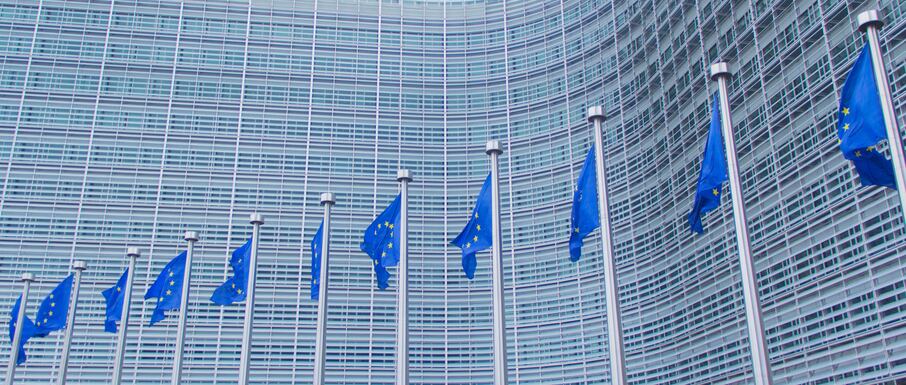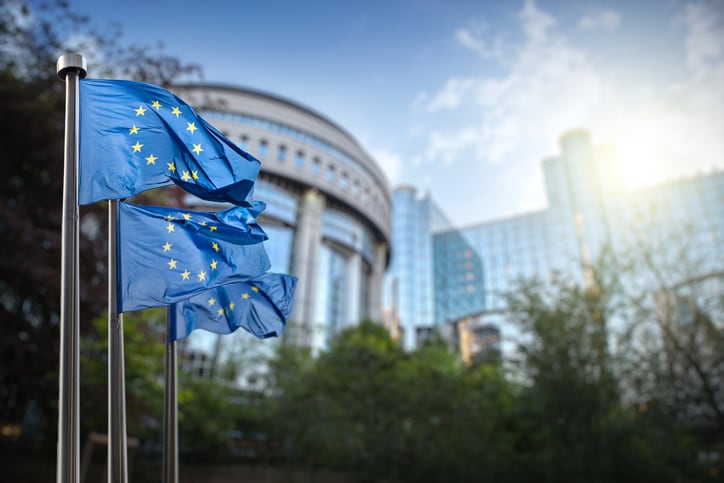Fake food
Food products were the worst offenders for fake and counterfeit goods in Europe last year, according to figures released yesterday by the Commission.
Last year, EU customs authorities seized over 31 million fake goods with a street value of €580 million, and food accounted for almost one quarter (24%) of these. Toys and cigarettes were number two and three respectively.
Although there has been a decline in seized products since 2016, there has been an increase in potentially dangerous goods intended for day-to-day use, such as healthcare products, medicines, toys and electrical goods.
Eighty percent of the fake food and drink products came from China followed by 8% from Hong Kong and 7% from Syria. The products from Syria were mostly confectionery, the report said.
To read the full report, click here.
CETA’s first birthday
Last Friday was the first anniversary of the Comprehensive Economic and Trade Agreement (CETA) between the EU and Canada.
The trade deal removes virtually all customs duties between the two trading areas and has created a more favourable business climate for exporters by providing legal certainty for trade.
According to the Commission, it’s still too early to make firm conclusions about the treaty’s impact but it says there are “positive trends”.
Figures from October 2017 to June 2018 suggest that overall exports from EU manufacturers to Canada are up by over 7% year-on-year, while agri-food products have fared well. Exports of fruit and nuts increased by 29%, chocolate by 34%, sparkling wine by 11% and whisky by 5%.
Brussels celebrated CETA’s birthday by sending trade Commissioner Cecilia Malmström to Canada to “take stock of progress” and meet with some companies benefiting from it.
European success stories include the consortium of Italian San Daniele ham producers, which has increased its sales to Canada by 35% and European chocolatiers, whose exports are up 34% overall. Belgian chocolate company Smet Chocolaterie opened its first shop in Ontario to cope with extra demand.
One of the EU's 39 trade agreements, CETA has been provisionally in force since September last year but will only enter into force fully and definitively when all EU member states have ratified it.
More soy from USA
The EU has more than doubled the amount of soy it buys from the US in the past year, according to figures published by the Commission last week.
Supplies from the US now make up 52% of the EU’s soybean imports compared to 25% to the same period last year. This is also on the rise: the first five weeks of the current marketing year have seen a 280% year-on-year increase.
Trump’s trade war against China is behind the sudden surge. With Chinese manufacturers no longer buying US soybeans, there is a glut in the market that has caused the price of US soy to fall.
A source of anguish for US soy growers, the low prices make for an attractive option in the eyes of European buyers.
Commissioner for agriculture, Phil Hogan, said he welcomed the figures. “[They] show that we are delivering on the commitment made by Presidents Juncker and Trump to increase trade, particularly in relation to soya beans. This reflects both our longstanding trade relationship and the potential to achieve so much more by working together to build on that relationship."
The EU currently imports about 14 million tonnes of soybeans each year, which are mostly used as animal feed and to make dairy alternatives.
Brazil is now the EU's second main supplier accounting for 40% of imports, followed by Canada (2.3%), Paraguay (2.3%) and Uruguay (1.7%).
EU citizens want to 'unmask' their food
The Commission has said it will register a European Citizens' Initiative called ‘Eat ORIGINal! Unmask your food' which aims to make country of origin labelling (COOL) mandatory for all food products.
According to the text, this will prevent fraud, protect public health and guarantee consumers' right to information.
The initiative will be officially registered on 2 October and so the full text is not yet available. (We will report on the details once it has been published).
If it receives one million signatures by October 2019, the Commission will have three months to react. It can decide to do nothing but in either case it must justify its reasoning.
The European Citizens' Initiative was brought in as part of the Lisbon Treaty in 2012 in order to give citizens “an agenda-setting tool”.
In 2017, over one million Europeans used the platform to ask the European Commission to ban glyphosate and to ensure all industry-funded studies used to back up regulatory decisions on pesticides are published.
Earlier this month, an initiative calling for a ban on cages in EU animal farming went online.
New protected products for Greece and Italy
Italy and Greece have been awarded two new protected origin labels.
Agkinara Irion (Αγκινάρα Ιρίων) is a variety of artichoke with a delicate flavour grown in the Nafplio region of the Peloponnese, where many local festivals are devoted to the crop.
The product’s official description in the DOOR database describes the artichokes as “tender and the bases […] and disc-shaped receptacle are fleshy, tasty and especially sweet, and can be eaten raw”.
Italy’s Marrone di Serino or Castagna di Serino – both names are used – are chestnuts of the Castanea Sativa Miller species, cultivated in the Avellino and Salerno provinces, near Naples. Highly coveted for patisserie and confectionery products, and in particular for candied chestnuts, they are also used in savoury dishes such as chestnut soup.
The kernel is “milky white, with rather superficial grooves [and] … the flesh is firm and crunchy with a medium sweet taste”, according to the Commission’s description.


